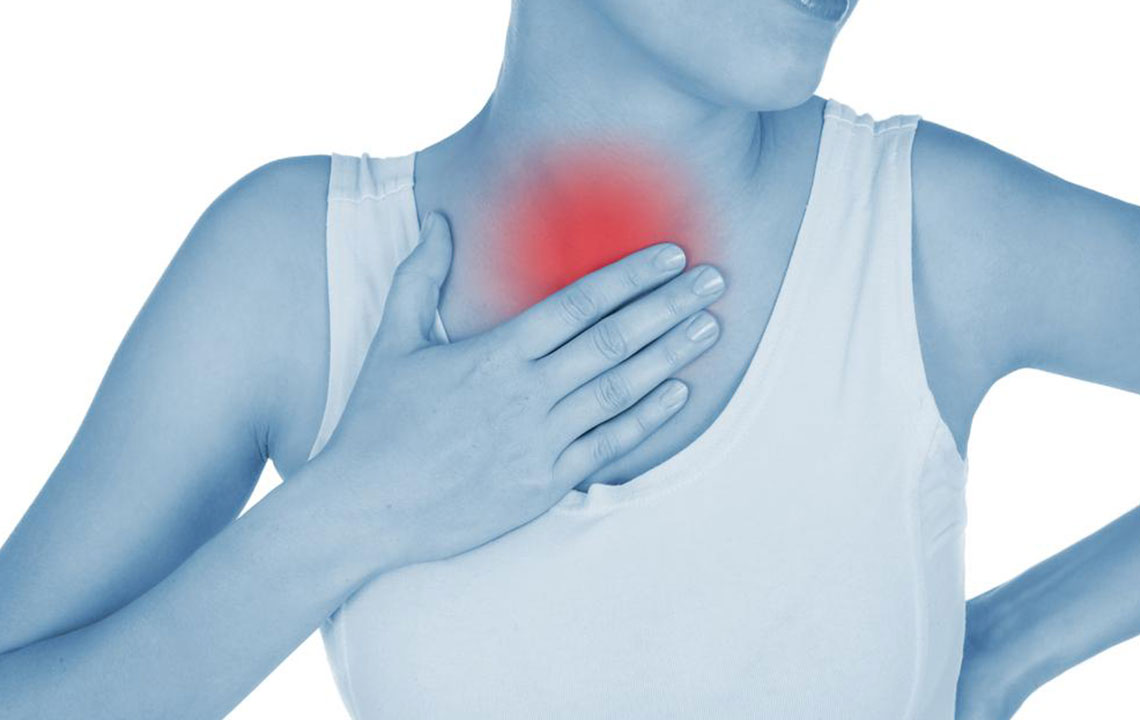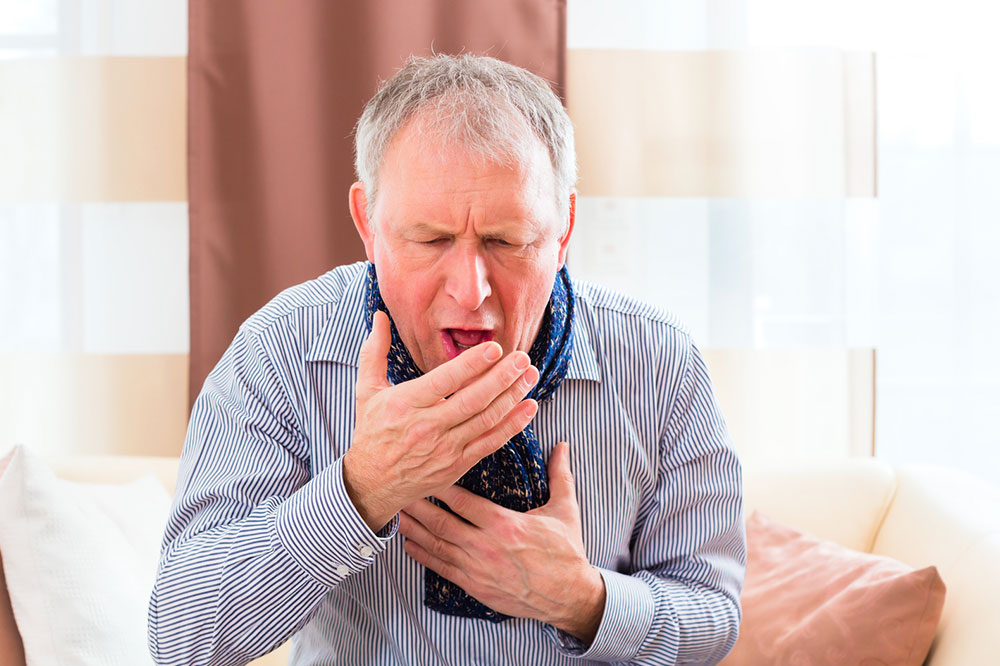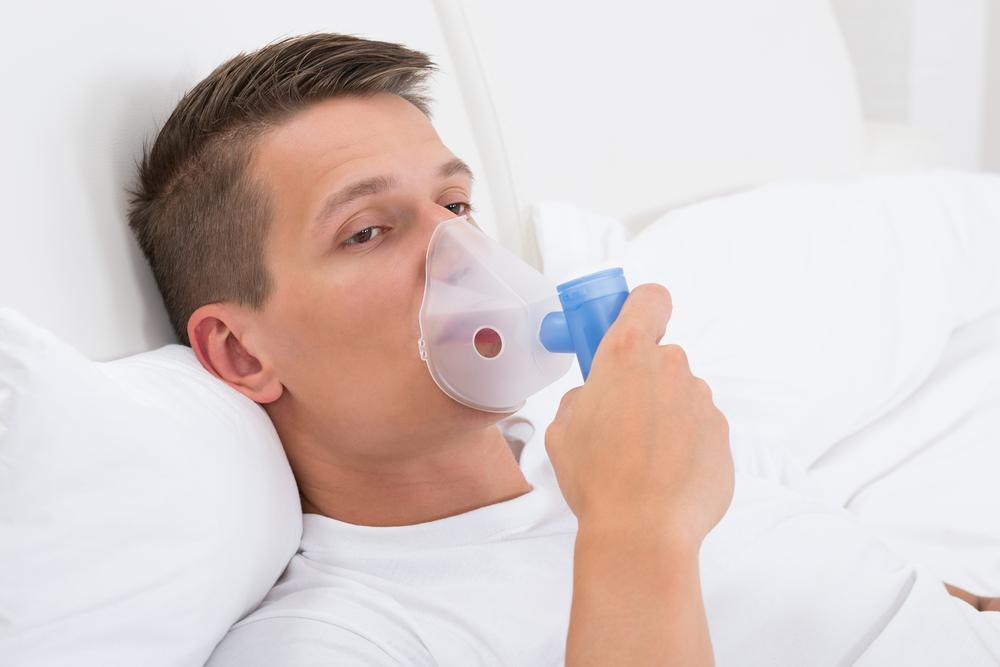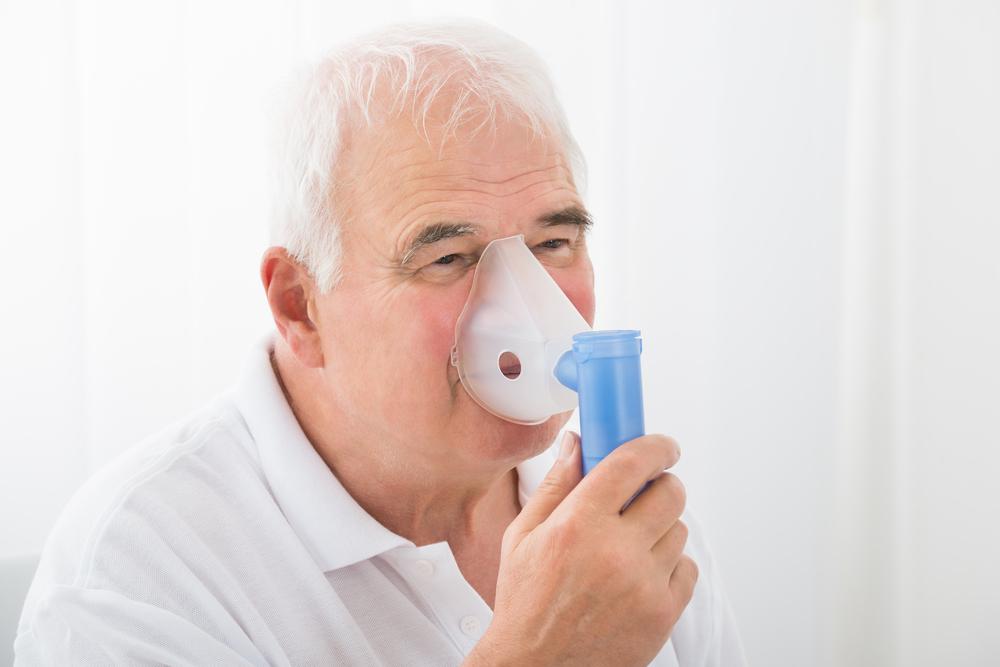Understanding Emphysema: Symptoms, Causes, and Treatment Strategies
Emphysema is a serious lung condition characterized by alveolar damage, leading to breathing issues. Symptoms include breathlessness, cough, and fatigue. Causes involve exposure to pollutants, smoking, and infections. Management options range from lifestyle changes, breathing exercises, and medications to lung transplants in advanced cases. Early detection and medical consultation are vital for better outcomes. Protective measures and natural remedies can help control symptoms and improve quality of life for those affected. Proper care and professional guidance are crucial for managing emphysema effectively.
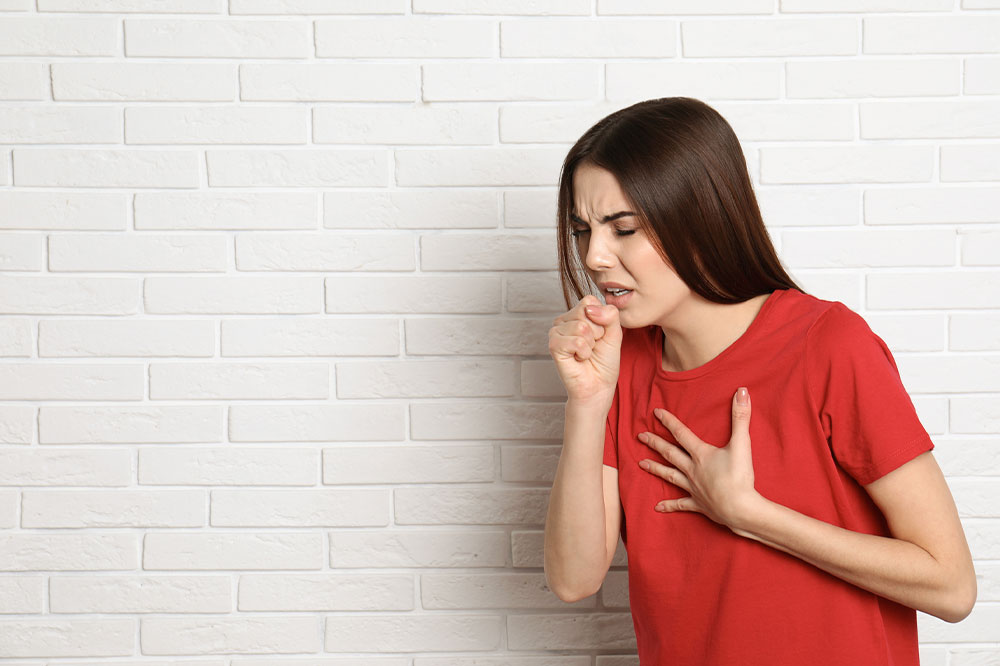
Understanding Emphysema: Symptoms, Causes, and Treatment Strategies
Emphysema is a lung condition that involves damage to the alveoli, or air sacs, resulting in breathing difficulties. Common signs include shortness of breath, persistent coughing, wheezing, fatigue, and chest discomfort. The primary cause is the breakdown of lung tissue elasticity, often due to inhaling harmful pollutants, cigarette smoke, or long-term exposure to irritants such as dust or fumes. Viral infections and environmental toxins can also play a role. Managing emphysema involves lifestyle changes, medical treatments, and, in severe cases, lung transplantation.
Recognizable Symptoms
The most prominent symptom is breathlessness, especially during exertion. Other symptoms include chronic cough, wheezing sounds, tiredness, and chest tightness. Recognizing these early aids in prompt intervention.
Root Causes
Emphysema develops due to damage to the lung's alveoli, causing loss of elasticity. Long-term inhalation of airborne pollutants such as asbestos, fumes, and dust contributes significantly. Secondhand smoke, genetic factors, and respiratory infections like influenza also increase risk. The extent of lung damage influences symptom severity and disease progression.
Preventive measures include avoiding exposure to harmful pollutants and adopting healthy habits such as regular exercise and smoking cessation. Maintaining good indoor air quality with filters and minimizing contact with respiratory irritants can help reduce risk.
Therapies and Management
Effective treatment aims to improve breathing and slow disease progression. Lifestyle modifications, such as gentle physical activities like walking or swimming, can enhance lung capacity. Consulting healthcare providers before starting any exercise is crucial, especially for COPD patients, due to potential physiological limitations.
Counseling plays a vital role in supporting emotional well-being, addressing behavioral changes, and coping with chronic symptoms. Additionally, natural approaches like improving indoor air quality through air purifiers, practicing breathing exercises, and ensuring adequate vitamin D levels via sunlight exposure can provide symptom relief. Strength training and water-based exercises can also help strengthen muscles affected by the disease.
In severe cases, lung transplantation may be necessary. This surgical procedure involves replacing the damaged lung with a healthy donor organ, connected via blood vessels and airways, with the aim of restoring normal respiratory function. Post-surgery, proper care and medical supervision are essential for recovery and functionality.
If you experience symptoms like persistent cough, breathlessness, or wheezing, seek medical advice promptly. Early diagnosis and management can significantly improve quality of life and disease outlook. Following your healthcare provider’s guidance and treatment plan is key to controlling emphysema effectively.

